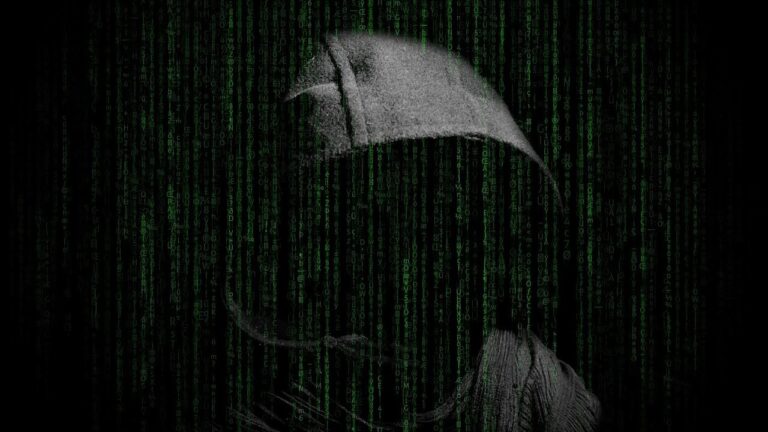Latest North Korea Missile Tests: Key Updates & Insights

The global stage is once again turning its gaze towards North Korea as recent missile tests have sparked widespread discussion and concern. These tests not only challenge international diplomacy but also highlight the technological advancements and strategic ambitions of this enigmatic nation.
North Korea’s Missile Testing History
North Korea’s missile program has been a focal point of international tension for decades. Since the late 20th century, the country has steadily developed its missile capabilities, despite numerous sanctions and diplomatic efforts aimed at curtailing its progress. The early tests were rudimentary, often failing to achieve significant milestones. However, with each passing year, the program has grown in sophistication, demonstrating North Korea’s persistence and increasing technical prowess.
The 1990s: The Foundation
During the 1990s, North Korea’s missile program laid its foundation with the development of short-range ballistic missiles. These initial efforts were primarily based on Soviet-era technology, with modifications and enhancements made over time. The decade saw the launch of the Nodong and Taepodong missiles, which marked North Korea’s entry into the arena of long-range missile development.
The 2000s: Expansion and Setbacks
The early 2000s witnessed an expansion of North Korea’s missile capabilities. The regime conducted a series of tests that were met with international condemnation and led to increased sanctions. Notably, the 2006 nuclear test was a significant milestone, demonstrating the regime’s intent to pair missile technology with nuclear capabilities. However, technical setbacks and failed launches highlighted the challenges the program faced.
Recent Developments in North Korea’s Missile Program
The past decade has seen a dramatic acceleration in North Korea’s missile testing and technological advancement. The regime’s focus has shifted towards developing intercontinental ballistic missiles (ICBMs) capable of reaching the continental United States, as well as enhancing their short and medium-range missile capabilities.
Breakthroughs and Technological Advancements
In recent years, North Korea has achieved several breakthroughs in its missile technology. The successful test of the Hwasong-15 ICBM in 2017 marked a critical point in the regime’s missile program, as it demonstrated the potential to strike targets across the globe. The development of solid-fuel missiles, which are quicker to deploy and harder to detect, further exemplifies North Korea’s growing technological sophistication.
Increased Frequency of Tests
In 2023, North Korea conducted a series of missile tests at an unprecedented frequency. These tests varied in range and complexity, showcasing both short-range and long-range capabilities. Each launch serves multiple purposes: testing new technologies, demonstrating military prowess, and sending political messages to the international community.
Global Reactions and Diplomatic Implications
North Korea’s missile tests have profound implications for international diplomacy and regional security. The global community, particularly neighboring countries like South Korea and Japan, closely monitors these developments, often responding with heightened military readiness and calls for diplomatic engagement.
Reactions from the United States and Allies
The United States, along with its allies, has consistently condemned North Korea’s missile tests. These actions are seen as provocative and destabilizing to regional security. In response, the U.S. has bolstered its military presence in the region, conducted joint military exercises with allies, and urged for a unified international front to address the challenges posed by North Korea’s missile program.
Diplomatic Efforts and Challenges
Diplomatic efforts to engage North Korea and curb its missile program have been met with mixed results. While there have been moments of optimism, such as the historic summits between North Korean leader Kim Jong-un and former U.S. President Donald Trump, tangible progress remains elusive. The complexity of the geopolitical landscape, combined with North Korea’s strategic objectives, presents significant challenges to achieving lasting diplomatic solutions.
Future Prospects and Strategic Insights
As North Korea continues to advance its missile program, the global community faces critical questions about the future trajectory of this issue. Understanding North Korea’s strategic motivations and the potential pathways for diplomacy is essential for crafting effective responses.
North Korea’s Strategic Motivations
At the core of North Korea’s missile program is the regime’s desire for security and international recognition. By developing robust missile capabilities, North Korea seeks to deter potential threats, maintain regime stability, and position itself as a formidable player on the global stage. Additionally, these tests serve as leverage in diplomatic negotiations, allowing North Korea to extract concessions from other nations.
Pathways for Diplomacy and De-escalation
Despite the challenges, there are pathways for diplomacy and de-escalation. Engaging North Korea in meaningful dialogue, coupled with a balanced approach of incentives and deterrents, could pave the way for reducing tensions. Multilateral efforts involving key regional players, such as China and Russia, are crucial in fostering an environment conducive to diplomatic breakthroughs.
Conclusion
The latest missile tests by North Korea underscore the complexities and challenges of addressing the regime’s ambitions and actions. As the world grapples with these developments, it is imperative to strike a balance between diplomatic engagement and strategic deterrence. The international community must remain vigilant and proactive in pursuing solutions that prioritize peace and security, while also acknowledging the intricate dynamics that define North Korea’s missile program.
In the face of uncertainty, staying informed and engaged in discussions about North Korea’s missile tests is vital. By understanding the nuances and implications of these actions, we can collectively work towards a future where diplomacy prevails over conflict, and where global stability is preserved.






